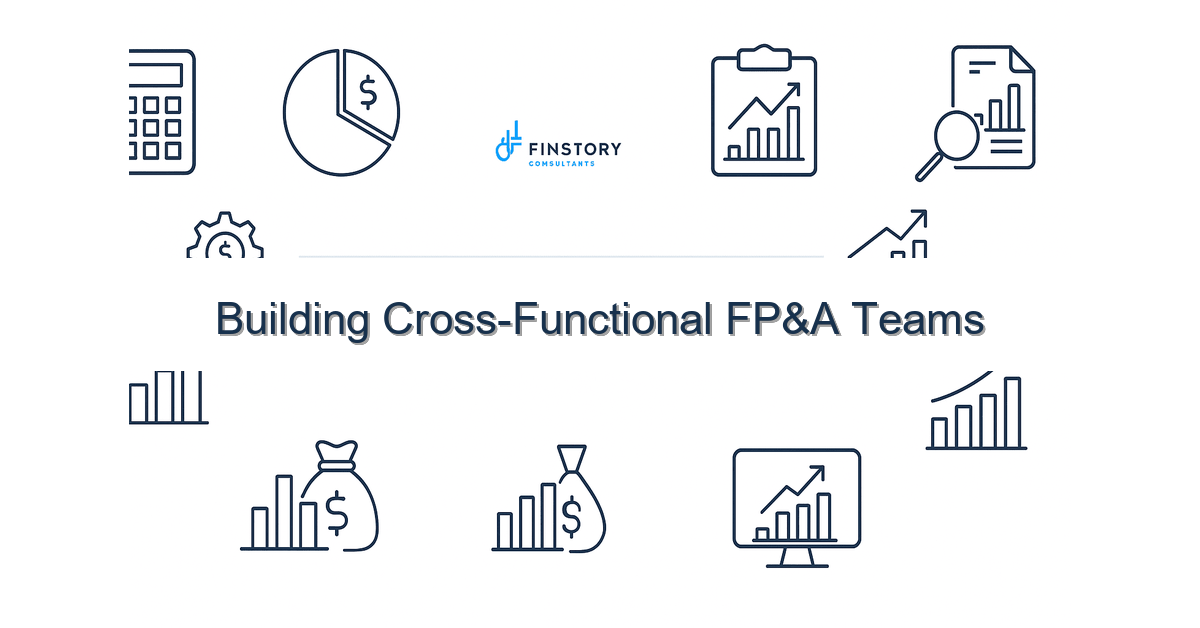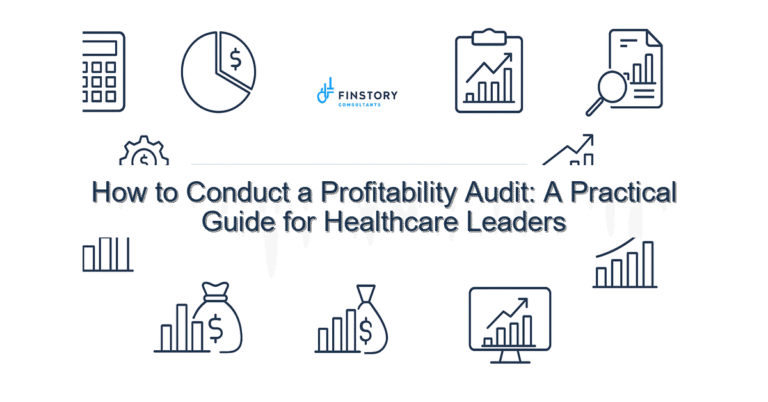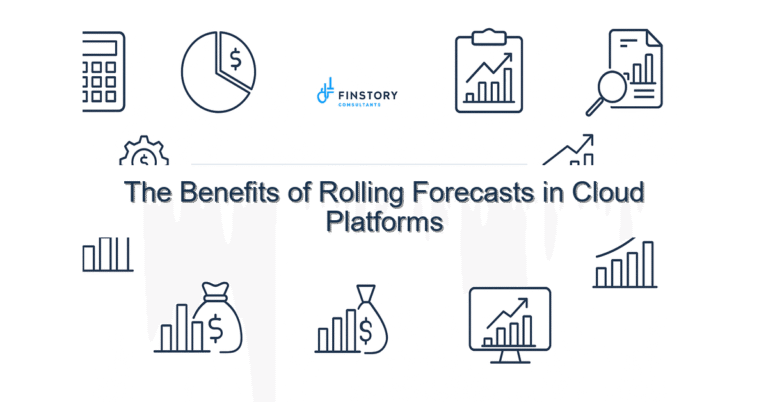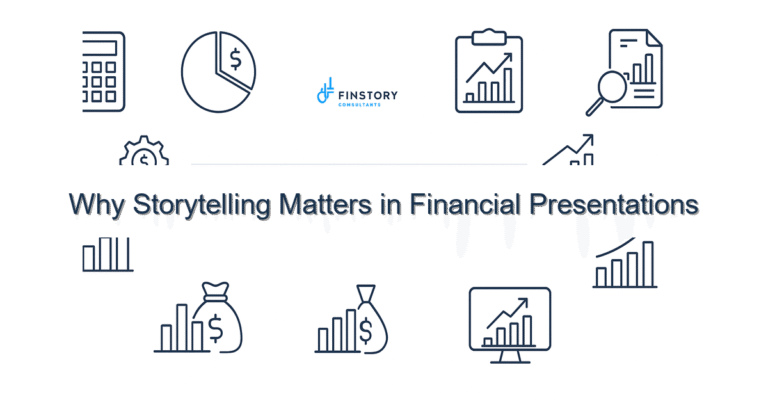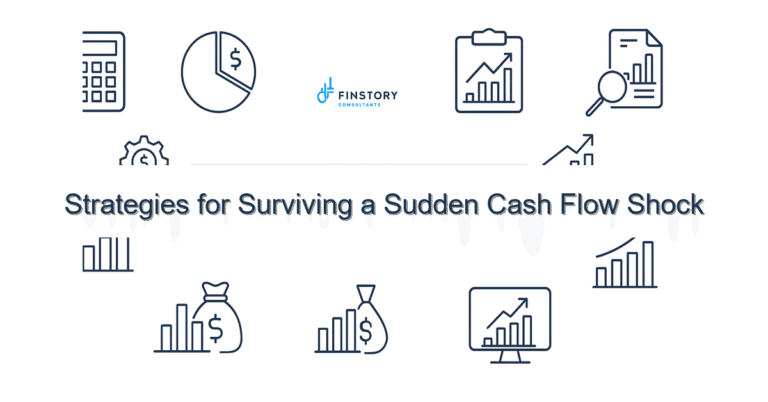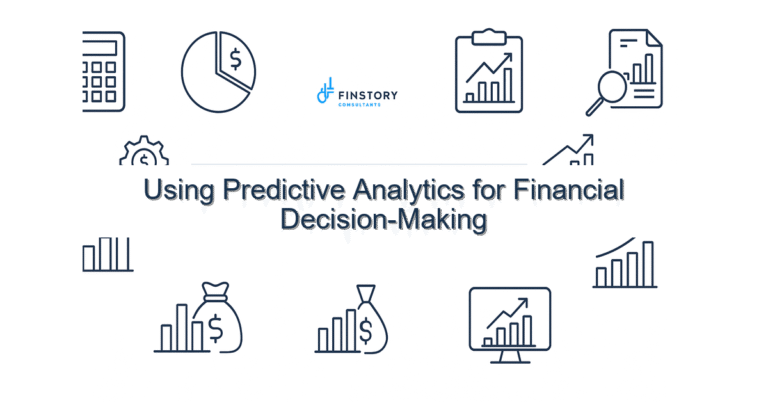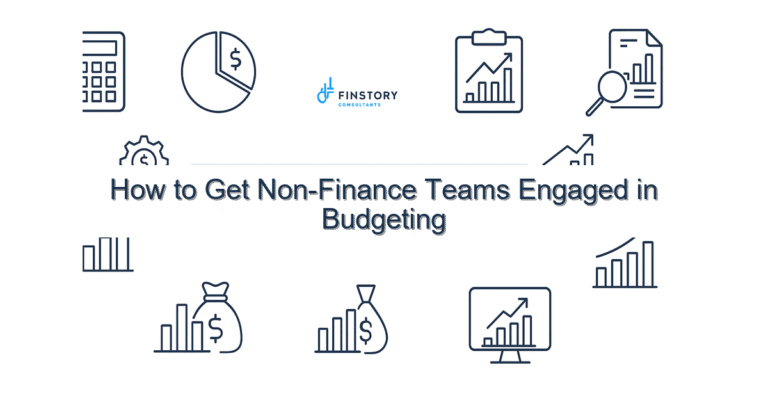Building Cross-Functional FP&A Teams
You care about patient outcomes and the financial sustainability that makes them possible. You’ve tried restructuring spreadsheets, shifting headcount, and buying dashboards—yet forecasts miss the mark and decisions stall. You’re not alone.
Summary: Build cross-functional FP&A teams that connect clinical operations, finance, and IT to deliver faster, more accurate forecasts and actionable insights. The win: better decisions, lower variance, and a clearer line from clinical performance to financial outcomes.
What’s the real problem? — Building cross-functional FP&A teams
In many healthcare organizations, FP&A sits behind a wall: forecasts come late, assumptions aren’t validated by clinicians, and reports are dense but not decision-ready. The consequence is reactive cost control and missed opportunities to align care delivery with strategy.
- Forecasts are wrong or late—reconciliation takes weeks and leadership loses confidence.
- Clinical, operational, and finance teams use different assumptions or data definitions.
- Too much time is spent on spreadsheet maintenance and too little on scenario analysis.
- Reporting focuses on numbers, not the operational decisions that move them.
What leaders get wrong — cross-functional FP&A teams
Good intentions are common. Where things go off course is in execution and scope. Leaders often assume adding headcount or buying a tool will solve problems that are really about collaboration and process.
Common pitfalls:
- Reorganizing around finance titles only—without embedding operational partners who understand patient flow, staffing models, and revenue drivers.
- Expecting FP&A to be the single source of truth while leaving data owners siloed (EHR, scheduling, HR).
- Delegating change to a project team and then letting old habits return once the project ends.
A better approach — a practical framework for building cross-functional FP&A teams
Think of FP&A as a cross-functional operating rhythm, not just a department. Here’s a 4-step framework to get you started:
- Align roles and outcomes. Define who owns assumptions (clinical leads), who owns the model (FP&A), and who owns the data feed (IT/analytics).
- Create integrated data pipelines. Standardize data definitions and automate feeds from EHR, billing, and HR to reduce manual reconciliation.
- Institute a monthly decision cadence. Design meetings around decisions (staffing, service line investment) not just variance commentary.
- Enable with tools and templates. Use driver-based models, scenario templates, and interactive dashboards that allow leaders to test ‘what if’ changes in real time.
Real-world example: A 350-bed community hospital reduced budget cycle time from 6 weeks to 10 days by embedding a nursing operations lead in FP&A, standardizing staffing drivers, and automating census feeds. Variance to budget fell 20% in the first year.
Quick implementation checklist
- Map current FP&A processes and list where manual handoffs occur this week.
- Identify 2 operational partners (clinical director, nursing manager) to co-own forecasting assumptions.
- Create a one-page driver map for top 3 revenue and cost drivers (census, case mix, FTE hours).
- Automate at least one data feed (census, payroll extract, or billing aging) into your model.
- Set a recurring 60-minute decision meeting with a clear agenda focused on one operational decision.
- Replace one static monthly report with an interactive dashboard (Power BI recommended) for leadership.
- Run a single scenario walk-through for the CEO: show impact of a 5% change in occupancy on margin and staffing.
- Assign an FP&A analyst as a liaison to IT/analytics to prioritize data requests.
What success looks like
Measure outcomes, not activity. Here are concrete metrics to track:
- Forecast accuracy: reduce monthly variance to budget from X% to Y% (target: < 3–5% for controllable items).
- Budget cycle time: decrease from weeks to days (target: 8–12 business days for annual refreshes).
- Decision latency: time from insight to decision (target reduction by 50%).
- Operational variance reduction: lower per-case cost variance by 10–20% within 12 months.
- ROI on automation: hours saved in financial close and forecasting (target: 200+ analyst hours/year).
Risks & how to manage them
Top risks with practical mitigations:
- Risk: Data inconsistency across systems. Mitigation: Agree on definitions and publish a single data dictionary owned jointly by finance and analytics.
- Risk: Cultural resistance from clinical leaders. Mitigation: Start with quick wins—co-create a forecast that proves value, then expand participation.
- Risk: Tool fatigue—too many dashboards or models. Mitigation: Consolidate to one source (driver model + Power BI) and retire legacy reports.
Tools & data
Technology helps, but processes win. Key tools and approaches to use when building cross-functional FP&A teams:
- Finance automation for routine consolidations and journal entries to free analysts for value-added work.
- Power BI or equivalent for interactive leadership reporting that ties drivers to dollars.
- Driver-based planning models to link operational metrics (census, length of stay, FTE per patient-day) to financial outcomes.
- APIs or scheduled extracts from EHR, payroll, and billing systems to eliminate manual CSVs.
For deeper reading on driver-based planning and healthcare forecasting, see our posts on driver-based planning and healthcare financial forecasting. If you need help operationalizing the rhythm, our FP&A services can embed subject-matter analysts into your team.
FAQs
Q: How long does it take to stand up a cross-functional FP&A team?
A: You can establish the operating rhythm and quick wins in 6–12 weeks; full data automation and cultural adoption typically take 6–12 months.
Q: Do we need a new tool to succeed?
A: Not necessarily. Start with role clarity, a driver map, and one automated data feed. Tools like Power BI and a finance automation platform accelerate impact once processes are working.
Q: Who should lead the change—CFO or COO?
A: It’s best as a joint initiative. CFO sets the financial framework; COO brings operational credibility. A clinician sponsor speeds adoption.
Q: What’s the minimum team composition to be effective?
A: FP&A lead, 1–2 analysts, an operations liaison (nursing/clinic manager), and an analytics/IT liaison. Scale from there.
Next steps
If you want to move from reactive reporting to a cross-functional FP&A team that drives decisions, start with a focused pilot: pick one service line, map drivers, automate one feed, and run the monthly decision rhythm for three cycles.
Ready to build cross-functional FP&A teams in your health system? Contact Finstory to map a tailored plan, prioritize data automation, and stand up the decision cadence that sticks. Reach out and we’ll walk you through a pilot that proves value in 90 days.
Work with Finstory. If you want this done right—tailored to your operations—we’ll map the process, stand up the dashboards, and train your team. Let’s talk about your goals.
📞 Ready to take the next step?
Book a 20-min call with our experts and see how we can help your team move faster.
Prefer email or phone? Write to info@finstory.net
or call +91 44-45811170.
